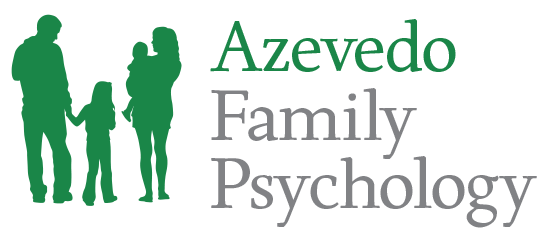
What’s on the Radio?
June 9, 2021
Who Asks For Directions, Anyway?
June 16, 2021Do the words they, cis, trans and the gender spectrum make you nervous? Perhaps you know someone in your personal life who has asked you to use certain pronouns and want to learn more about them. The process of incorporating gender neutral terms and preferred pronouns won’t happen overnight, but it’s easier than you might expect.
What is Gender?
While many people believe gender is synonymous with anatomical sex organs, gender is actually different than sex. If you’ve ever heard a discussion of modern gender roles, you likely already have a good idea of the difference. A person’s sex refers to the sexual organs they were born with, along with the genetic data that defines them as a male or female.
Gender, on the other hand, describes the characteristics the commonly denote male versus female – or something in between. We’re used to rather rigid gender roles in the West, but other societies have much more fluid ideas about gender. When a person has strong feelings that their gender does not match their biology, they may experience dysphoria, or a feeling of dissatisfaction and anxiety. Severe gender dysphoria can seriously impact a person’s life, threatening their ability to perform at work or school.
Gender Identity and Sexuality
Gender identity can be defined as a person’s innermost concept of their own gender. Contrary to popular belief, there are actually more than two genders – a person can be male, female, both, or neither. There’s an entire spectrum of gender identities to consider.
- Cisgender: Someone who identifies as the gender they were assigned at birth.
- Transgender: Someone who doesn’t identify with the gender they were assigned at birth.
- Non-binary: Someone who doesn’t identify with either gender. Also known as genderqueer or enby, these folks also fall under the trans umbrella.
- Genderfluid: Someone whose gender identity fluctuates across the spectrum, hence the “fluid” part of the term.
You’ll notice that none of these identities have anything to do with sexuality. Indeed, a person’s gender identity is separate from one’s sexual orientation. Sexual orientation refers to who we’re physically, emotionally, or romantically attracted to. Trans, non-binary and genderfluid people identify as gay, straight, queer, asexual, or aromantic in the same way cisgender people do.
Support for Transgender People and Their Loved Ones
Families often struggle to understand their loved ones during questions of gender identity. Parents may not know what to do to support their child – some even may dismiss gender confusion and dysphoria as a passing fad. Therapy is an excellent way to navigate these complex feelings.
We offer individual therapy and family therapy for people of all gender identities and sexual orientations. If you’re struggling with feelings of gender dysphoria or are simply hoping to support a loved one as they explore their gender identity, schedule your appointment now.




